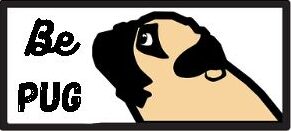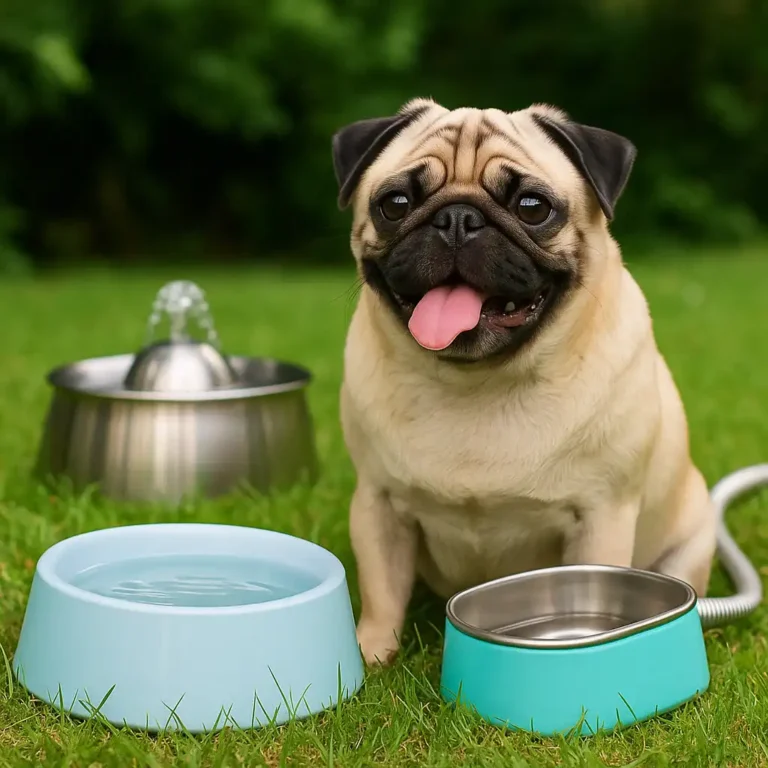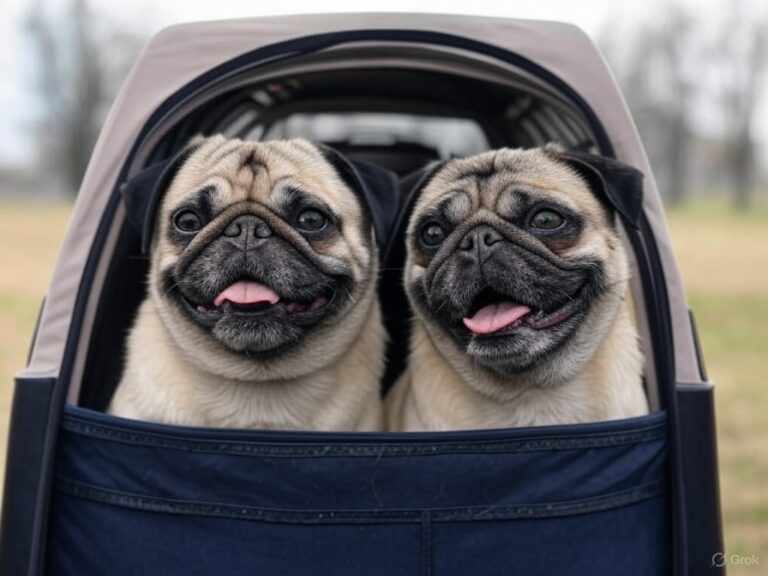Best Harness for Dog That Pulls: Top Picks for Stubborn Pugs

Walking a pug should be a relaxing experience, not a tug-of-war match. While these adorable dogs are compact, their enthusiasm often makes them little powerhouses on a leash. If your pug is constantly pulling ahead or darting from side to side, a traditional collar won’t cut it. Fortunately, a no-pull harness can transform your walks into calm, controlled outings.
Why a No-Pull Harness Matters for Pugs
Pugs have a unique body structure: broad chests, short legs, and sensitive throats. Using a collar when walking a pulling pug can cause unnecessary pressure on its windpipe and contribute to breathing issues. A well-designed no-pull harness redistributes pressure across the chest and shoulders, helping prevent injury and giving you better control.
Plus, a no-pull harness makes training more effective. It discourages forward motion when your pug pulls, encouraging them to walk beside you rather than forging ahead.
What to Look For in a Harness for a Pulling Pug
When choosing the best harness for a dog that pulls, especially a pug, there are a few key features to consider:
- Front and back leash attachments: Front clips help redirect pulling, while back clips are ideal for casual strolls.
- Padded chest and straps: Pugs have sensitive skin and can develop chafing, so cushioning is a must.
- Adjustable straps: A snug fit is essential, especially for the round shape of a pug’s body.
- Lightweight materials: Pugs overheat easily, so a breathable design helps them stay comfortable.
- A sturdy handle: Great for added control in crowded spaces or for assisting older pugs.
Top Recommended Harnesses for Pugs That Pull
Here are three top-rated harnesses that check all the boxes for pug-friendly, pull-resistant gear:
TUG Dog Harness with 2 Leash Connection Points – Perfect Combo of Control and Comfort
This harness features a padded, lightweight build and a back handle for added control. The front clip helps reduce pulling while keeping your pug’s movement guided and safe.
ShawnCo Basecamp Dog Harness – Versatile and Ultra Adjustable
With three leash clips and a breathable yet durable fabric, this harness gives you flexibility during training and daily walks. The Oceanic Blue color is a bonus style point!
TRUE LOVE Adjustable No-Pull Dog Harness – Built for Performance and Visibility
If your pug enjoys evening strolls, this reflective, well-padded harness is a winner. It provides excellent control without compromising on comfort.
Conclusion
The right harness can drastically improve walk time for both you and your pug. Choosing a harness designed to reduce pulling helps protect your dog’s delicate airway and gives you the control you need to enjoy peaceful walks. Whether you’re navigating the sidewalk or exploring a hiking trail, these no-pull options will keep your pug happy, secure, and stylish.






